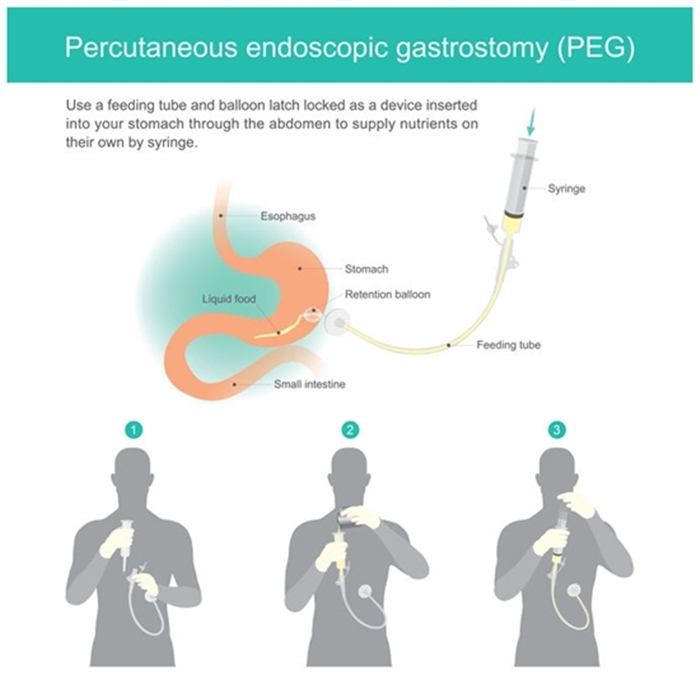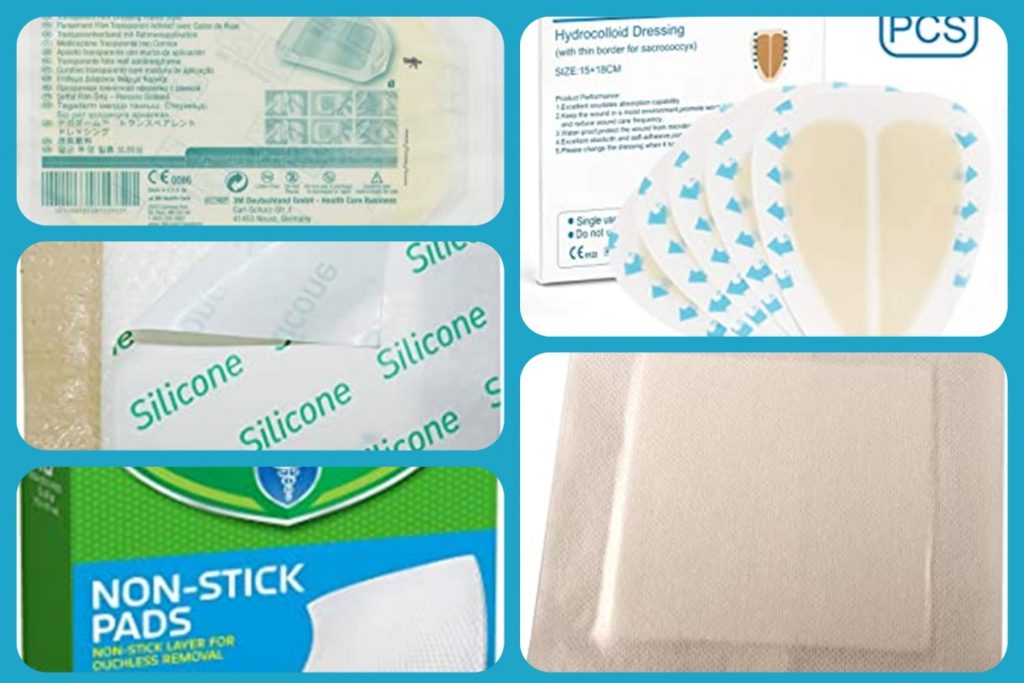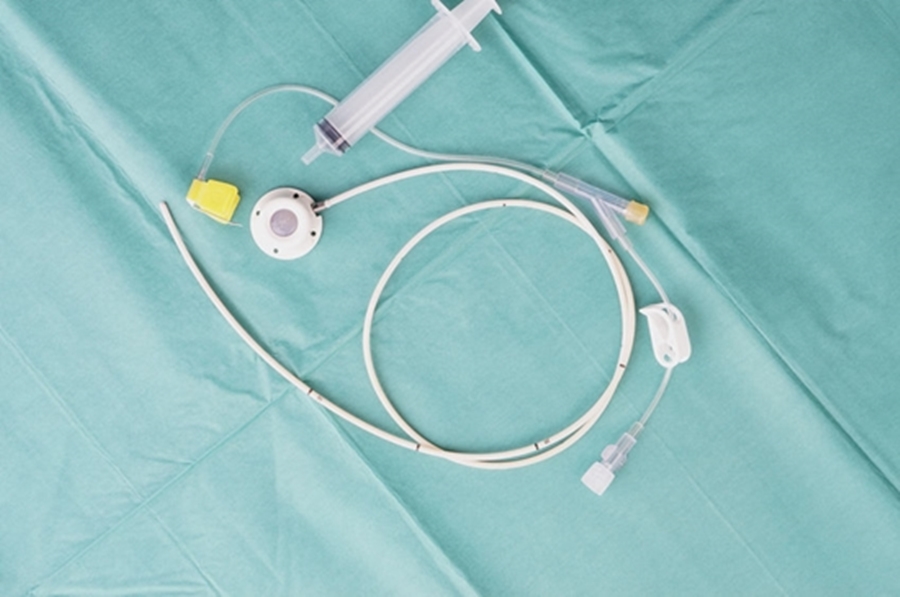Three Ways to Perform Surgery
The most common type of feeding tube is the gastrostomy (G) tube. A surgeon places a G-tube through the abdominal wall into the stomach. There are three options for G-tube surgery:
1. Inserting the G-tube surgically through small incisions using a laparoscope.
2. Insert the G-tube using a larger open incision through the abdominal wall.
3. Using an endoscopy scope to insert the G-tube into the stomach to create the stoma from the inside.
The endoscopic method has become the method of choice at many hospitals; however, some institutions still place tubes surgically, and children with anatomic abnormalities or who need other procedures may require a surgical placement.
Types of G-Tubes
Surgeon Often Chooses the First Type Used
There are several types of G-Tubes. Any G-tube works initially. Often it is the surgeon or the gastroenterologist who determines the first type of G-tube placed. Below are some of the most common types of G-tubes you may encounter.
PEG and Long Tubes
These are one-piece tubes held in place either by a retention balloon or by a bumper. Surgeons like to use this type for the first 8-12 weeks post-surgery. PEG specifically describes a long G-tube placed by endoscopy and stands for percutaneous endoscopic gastrostomy. Sometimes the term PEG is used to describe all G-tubes. Surgeons may place other styles of long tubes.
Low Profile Tubes or Buttons
These tubes do not have a long tube permanently attached outside the stomach. Instead, they have a tube called an extension set they attach for feeding or medication administration, and then they disconnect it when it is not in use. When they disconnect an extension set from a button, it lies relatively flat against the body. There are two types: a balloon and a non-balloon.
Balloon Buttons
Balloon buttons are held in place by a waterfilled balloon. Balloon buttons are the most common G-tube for children once the stoma (G-tube site) heals, usually in 2-3 months. The use of balloon buttons as the first G-tube is increasing among medical professionals. With training, caregivers learn to replace balloon buttons at home.
Non-Balloon Buttons
Some surgeons and gastroenterologists prefer the first G-tube to be a non-balloon button. Non-balloon buttons are harder to pull out than balloon buttons. Therefore, Non-balloon buttons must be replaced in the doctor’s office or at the hospital, sometimes with sedation or a topical pain reliever.
Sizing for G-tubes
All G-tubes are sized based on the French scale. The measurement looks at the diameter of the tube across its width. G-tube buttons require a second measurement, in centimeters, based on the length of the tube’s stem (the part of the tube placed in the stoma or tube site). For example, a 16Fr 1.5 cm tube has a French size (diameter) of 16 and a stem length of 1.5 cm. G-tubes should have enough room between the tube and the skin to allow one or two coins to slide under the tube. If the tube is pressing tightly against the skin or has much more room, your child may need a different stem size.
Introduction to Home Tube Feeding
produced by the Cleveland Clinic
Feeding Matters Family Guide to Pediatric Feeding Disorder (PFD)



